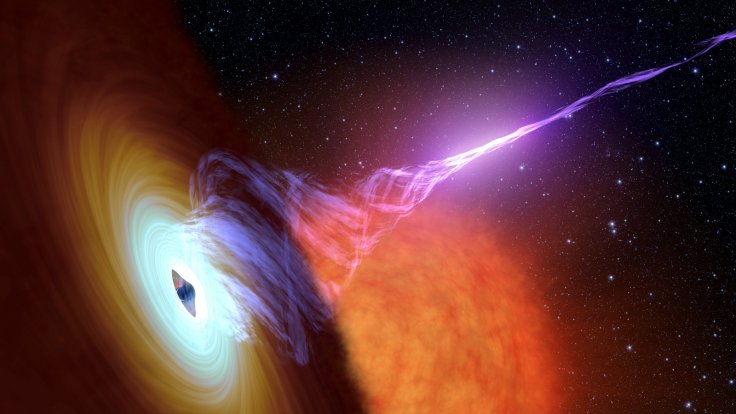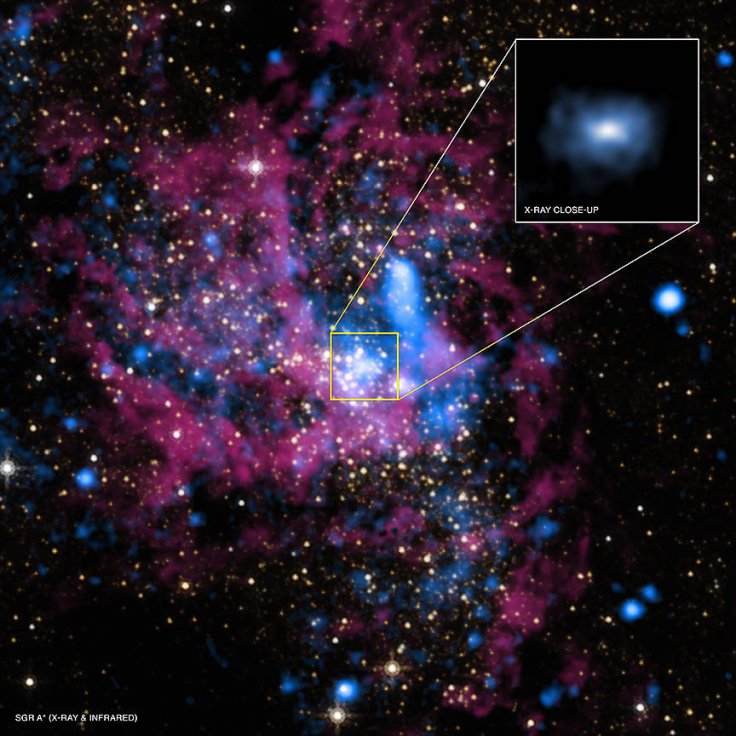
In a recent post by NASA, the U.S. space agency revealed that supermassive black holes exist in nearly every galaxy in the universe. According to the agency, almost any direction in the sky would point to a black hole that's more massive than the Sun. According to the agency, its observatories were able to spot these supermassive black holes through the various light and energy signatures that they emitted.
Supermassive black holes are known to harness mass that's millions of times greater than that of the Sun. Given their massive size, these types of black holes are able to generate powerful gravitational forces, which means they are capable of devouring anything that gets near them. In a recent post on Tumblr, NASA discussed the various black holes its space observatories were able to detect these supermassive black holes through the various light and energy signatures that they emitted.
"Just last year our Fermi Gamma-ray Space Telescope traced an otherworldly ghost particle back to one of these monster black holes, providing additional insight into the many signals we're picking up from some of the most feared creatures in the cosmic deep," the agency explained.

Based on multiple observations, NASA concluded that supermassive black holes can be found in almost every part of the universe. Due to the number of these monstrous cosmic objects inhabiting the center of galaxies, the agency noted that every direction in the sky would eventually lead to a supermassive black hole. "Our Hubble Space Telescope revealed that these things are hidden in the hearts of nearly every galaxy in the universe," NASA stated. "That means supermassive black holes lurk in the shadows of the night sky in every direction you look!"
Although supermassive black holes are almost everywhere in the universe, NASA clarified that Earth is not in danger of falling into one or getting devoured by one. The supermassive black hole that inhabits Earth's neighborhood in Milky Way is known as Sagittarius A*. According to NASA, Earth is about 26,000 light-years away from this supermassive black hole. Even though Sagittarius A* has already devoured countless of stars due to its strong gravitational pull, Earth is not at risk of getting consumed by the monstrous cosmic object simply because it is too far away.









